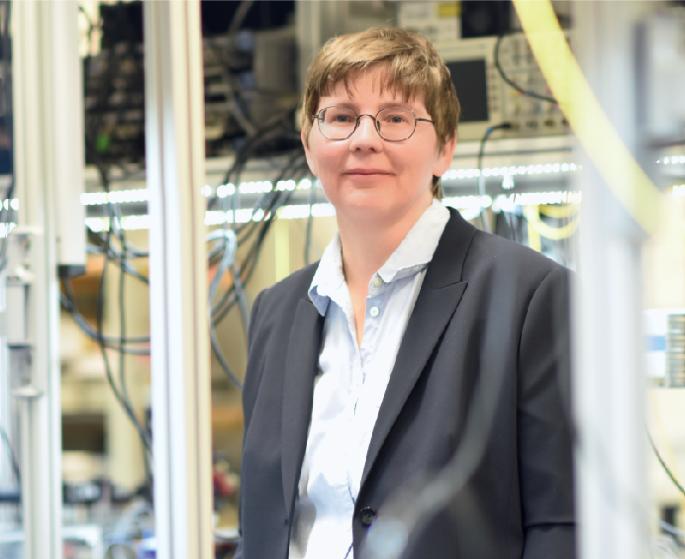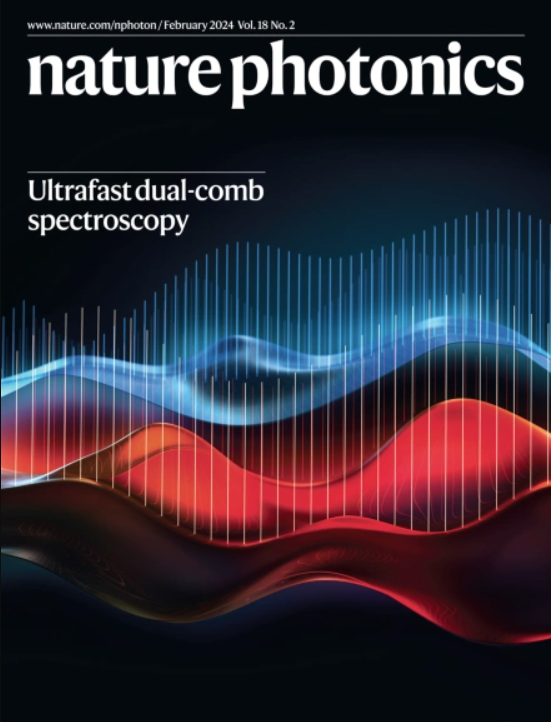双梳奇迹
IF 32.3
1区 物理与天体物理
Q1 OPTICS
引用次数: 0
摘要
位于德国柏林的马克斯-伯恩非线性光学和短脉冲光谱研究所(MBI)的新所长娜塔莉-皮克(Nathalie Picqué)向我们介绍了有关频梳和双梳光谱学的所有知识,并与我们分享了成为一名成功科学家的一些黄金秘诀。本文章由计算机程序翻译,如有差异,请以英文原文为准。

Dual-comb wonders
Nathalie Picqué, the new director at the Max Born Institute for Nonlinear Optics and Short Pulse Spectroscopy (MBI) in Berlin, Germany, tells us all we need to know about frequency combs and dual-comb spectroscopy, and shares with us some golden tips on becoming a successful scientist.
求助全文
通过发布文献求助,成功后即可免费获取论文全文。
去求助
来源期刊

Nature Photonics
物理-光学
CiteScore
54.20
自引率
1.70%
发文量
158
审稿时长
12 months
期刊介绍:
Nature Photonics is a monthly journal dedicated to the scientific study and application of light, known as Photonics. It publishes top-quality, peer-reviewed research across all areas of light generation, manipulation, and detection.
The journal encompasses research into the fundamental properties of light and its interactions with matter, as well as the latest developments in optoelectronic devices and emerging photonics applications. Topics covered include lasers, LEDs, imaging, detectors, optoelectronic devices, quantum optics, biophotonics, optical data storage, spectroscopy, fiber optics, solar energy, displays, terahertz technology, nonlinear optics, plasmonics, nanophotonics, and X-rays.
In addition to research papers and review articles summarizing scientific findings in optoelectronics, Nature Photonics also features News and Views pieces and research highlights. It uniquely includes articles on the business aspects of the industry, such as technology commercialization and market analysis, offering a comprehensive perspective on the field.
 求助内容:
求助内容: 应助结果提醒方式:
应助结果提醒方式:


